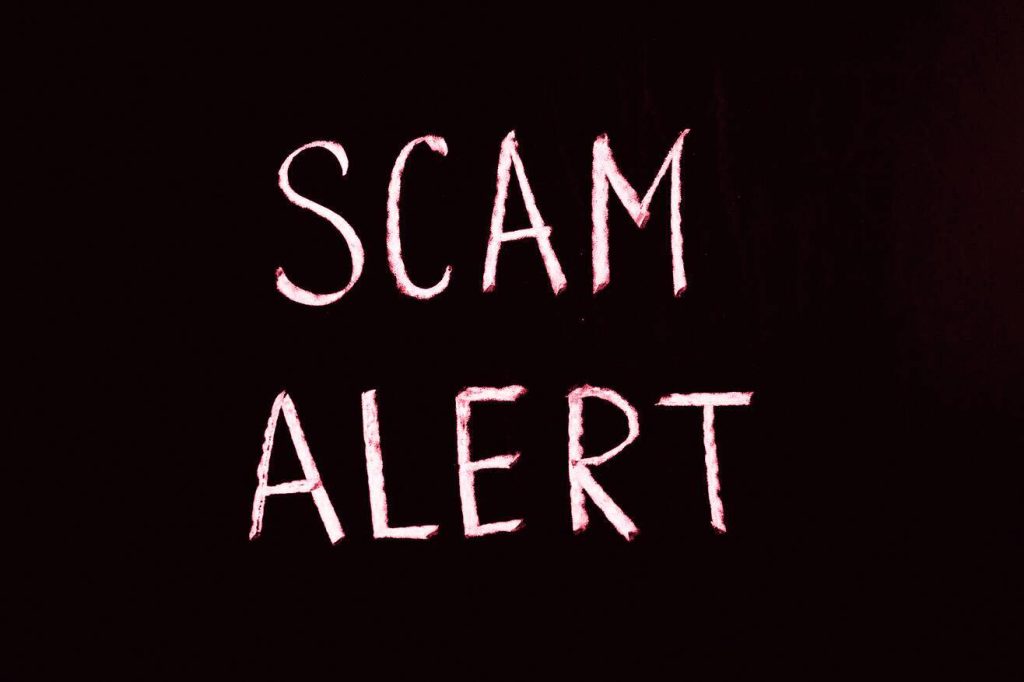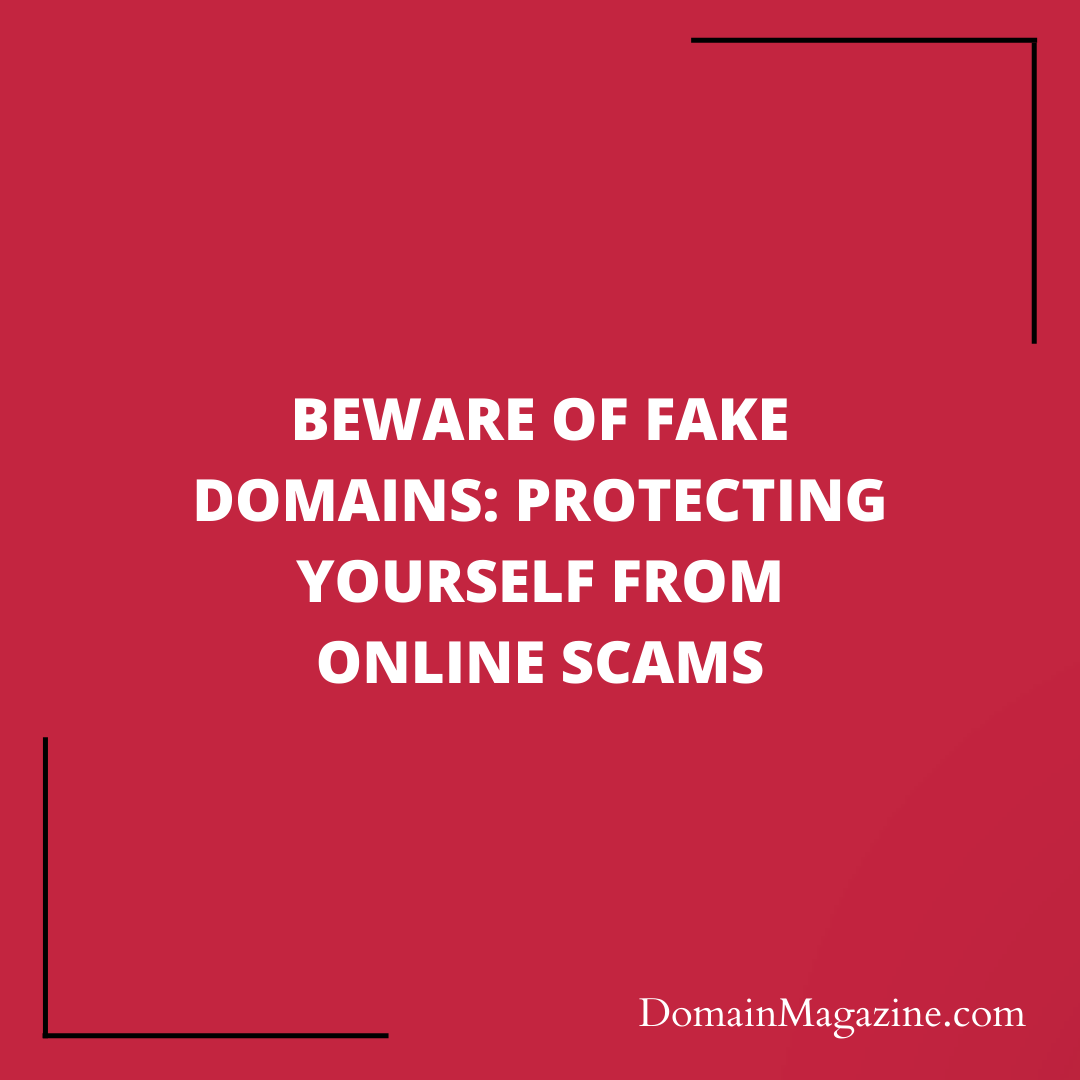In the age of the internet, domain names have become an integral part of our online lives. They are the web addresses that guide us to websites, connect us with information, and facilitate our online activities. But what happens when these domain names are used for deceitful purposes? Let’s delve into a recent case involving fake domain names and discover how they were used to trick unsuspecting individuals.

The Tale of Deceptive Domains
Recently, a series of deceptive domain names came to light, highlighting the importance of being vigilant while navigating the digital landscape. In this case, Facebook pages and groups impersonated the Department of Social Welfare and Development (DSWD) and used fake domain names to spread misinformation and scams.
The Impersonation Game
These malicious actors created Facebook pages and groups that mimicked the DSWD’s official branding. They used deceptive domain names like “dswd-ayuda-new-updates.blogspot.com” and “libreng-ayuda-2022.blogspot.com” to lend an air of authenticity to their scam.
The Bait: Fake Scholarships
The primary bait used on these fake pages was a bogus scholarship program. They claimed that the DSWD was offering a scholarship that included a generous cash allowance. To add credibility to their claims, they posted lists of supposed beneficiaries on these websites.
The Trap: Phishing for Information
To make matters worse, these fraudsters instructed aspiring applicants to message them for instant registration. This was a classic phishing tactic aimed at collecting personal information from unsuspecting victims who believed they were applying for a legitimate scholarship.
Protecting Yourself from Deceptive Domains
So, how can you protect yourself from falling prey to such deceptive domain name schemes? Here are some practical tips:
1. Verify the Source
Always verify the authenticity of the website you are visiting. Official government websites typically have a specific domain format, such as “.gov” or “.gov.ph” for the Philippines. If you encounter a suspicious domain, cross-check it with official sources or contact the relevant authorities.
2. Look for Red Flags
Pay attention to red flags, such as misspellings, unusual domain extensions, or unprofessional design. These are often telltale signs of a fraudulent website.
3. Be Cautious with Personal Information
Never share personal information, such as your name, contact details, or financial information, on websites that seem suspicious. Legitimate organizations will never ask for such information via unsolicited messages.
4. Rely on Fact-Checking
Utilize fact-checking organizations like VERA Files Fact Check to verify the credibility of websites and information. These organizations are dedicated to exposing misinformation and scams.
Genuine Domain Names and Online Safety
Domain names are a fundamental part of our online experience. They guide us to the vast expanse of information available on the internet. However, as we’ve seen in the case of deceptive domains, they can also be used for nefarious purposes.
Protecting yourself online requires vigilance and caution. By verifying the source, watching out for red flags, and avoiding sharing personal information without due diligence, you can ensure that your online experiences remain safe and secure.
Remember, the internet is a powerful tool for education, communication, and information sharing. By staying informed and cautious, you can enjoy the benefits of the digital age while sidestepping the pitfalls of deceptive domain names and online scams.


Join the Discussion